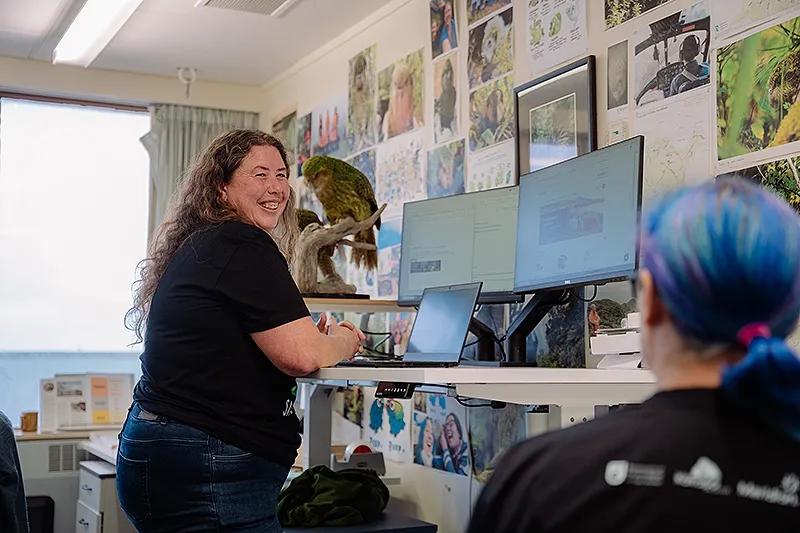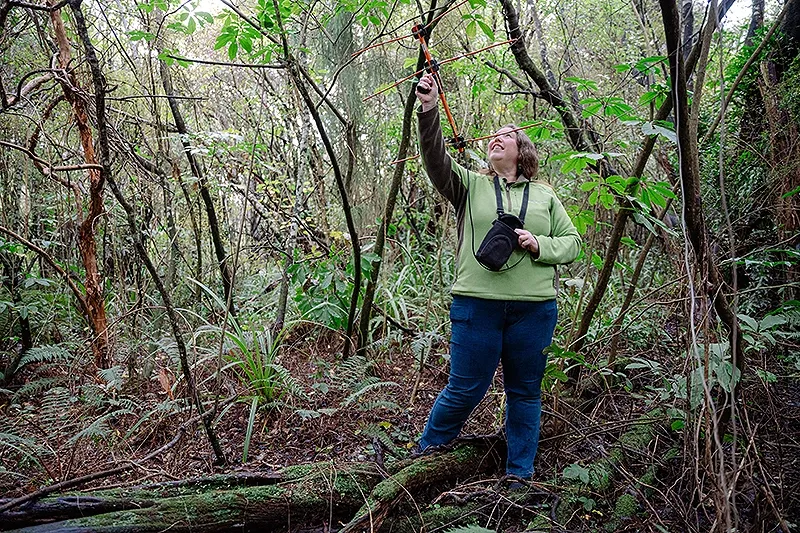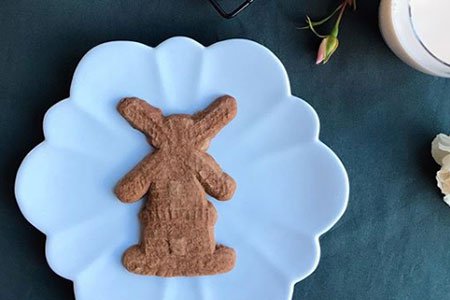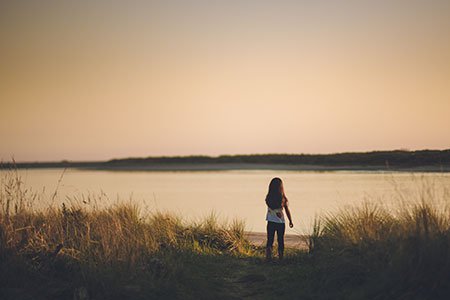A day in the life of a kākāpō conservationist
By MAS Team
MAS Member Lydia Uddstrom always wanted to work with native creatures, so being one of only 3 Department of Conservation (DOC) wildlife vets is literally a dream come true. Based in Invercargill, her job can see her in the office, moving around the mainland or flying to remote islands doing everything from vaccinating takahē, to protecting sea lion pups, to helping highly endangered kākāpō to breed. Here she gives us a glimpse into a working day.

“Our kākāpō population is now 242, but that’s not a lot for a whole species, and they’re very slow to reproduce. Their breeding season is in sync with the fruiting of the rimu tree, which only happens every 3 to 5 years,” Lydia explains.
“There are 2 main breeding islands for kākāpō: Whenua Hou/Codfish Island, off Rakiura/Stewart Island, and Pukenui/Anchor Island in Dusky Sound. When I’m doing kākāpō field work, I’ll fly out to the island and there during that time.”
“On the islands, we stay in bunk rooms and bring all our food with us. We’ll have breakfast and start the day with a review of what needs to happen. There are usually just 3 or 4 of us there when we’re doing health checks and monitoring for disease, but during the breeding season, there can be up to 15 people.”
“We’ll head out mid-morning and start looking for birds. When you’re tracking to try and catch a bird, you usually go in pairs. Kākāpō look very mellow and lovely, but they also have very long beaks and strong claws, so you need 2 people to be able to do whatever you need to do once you find them,” says Lydia.
“In this job you have to walk around and find your patients, they’re not just brought to you in a carrier. They all wear little harnesses with transmitters on them so we can find them. The transmitters are basically little Fitbits so we can also keep track of their activity levels remotely.”
“We take lunch with us and have it while we’re out and about. Sometimes you can spend all day looking for birds. They might be flightless, but they’re very good at climbing and are very fast runners. Sometimes they’ll be up in a tree looking very smug. They’re also incredibly camouflaged so you could be standing right next to one and not even realise it.”
“Typically we’re back to the hut once it’s dark, but during the breeding season, when there are chicks in nests, we switch to doing night work. We have monitoring equipment that goes into a nest, and then we can go in and do our checks when Mum’s out feeding so we don’t disturb her as much. On those nights, we might just sleep in a tent near the nest and walk home in the morning. It can be really quite nice sleeping out in the forest.”

If you’re keen to support Lydia’s mahi and help these precious endangered birds to thrive, you can get involved by donating, volunteering or adopting a kākāpō. For more information, visit the Department of Conservation website.

The Christchurch mosque attacks have inspired two Afghan-Kiwis to help others.

Final year medical student Jessica Tsang was abruptly called back from her elective study in Sweden at the start of March as the COVID-19 crisis intensified across the globe – so she's brought a taste of Sweden back to New Zealand.

Member engagement and clarity of purpose were key factors in the journey to enable MAS to make a stronger contribution to the health of Aotearoa New Zealand.